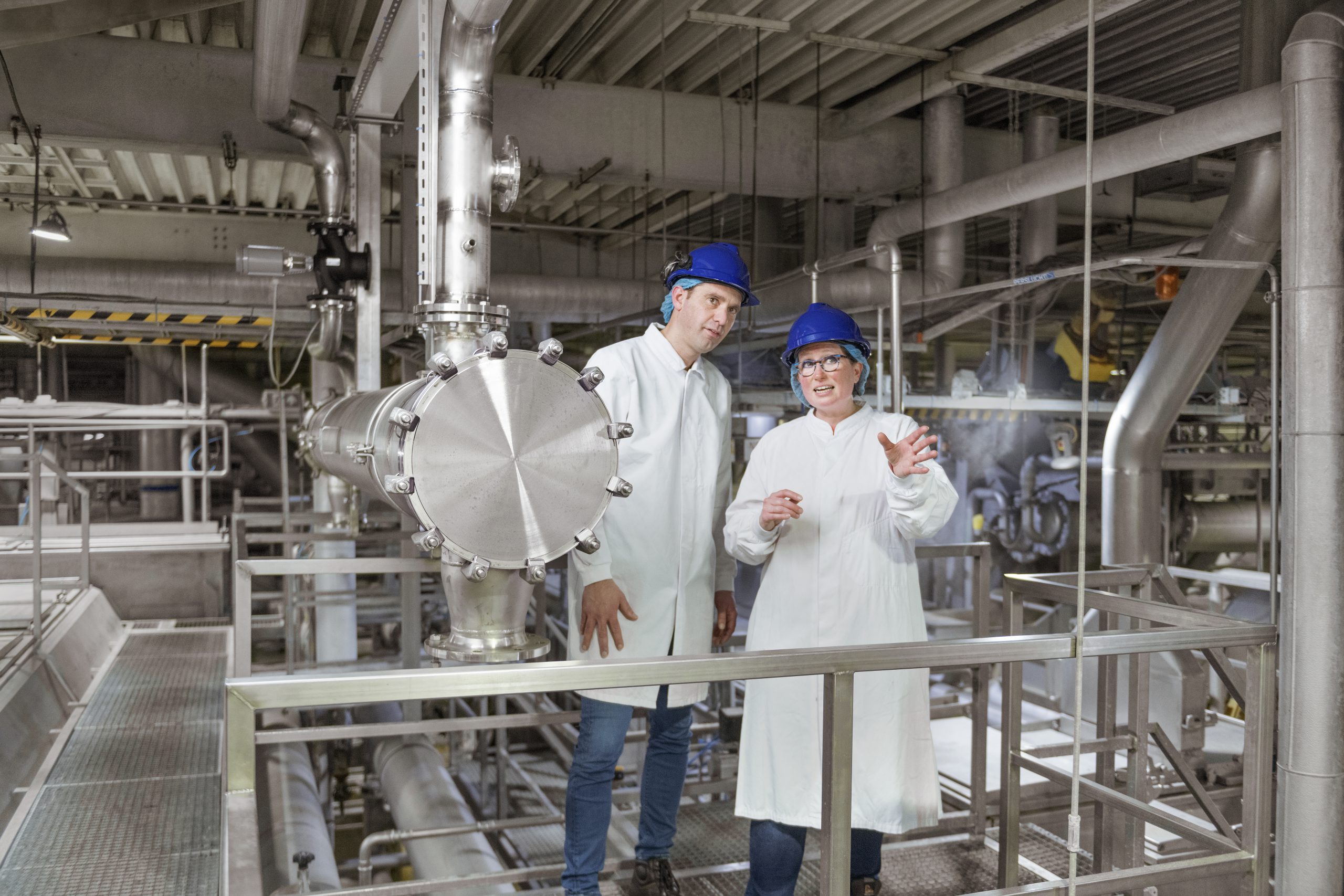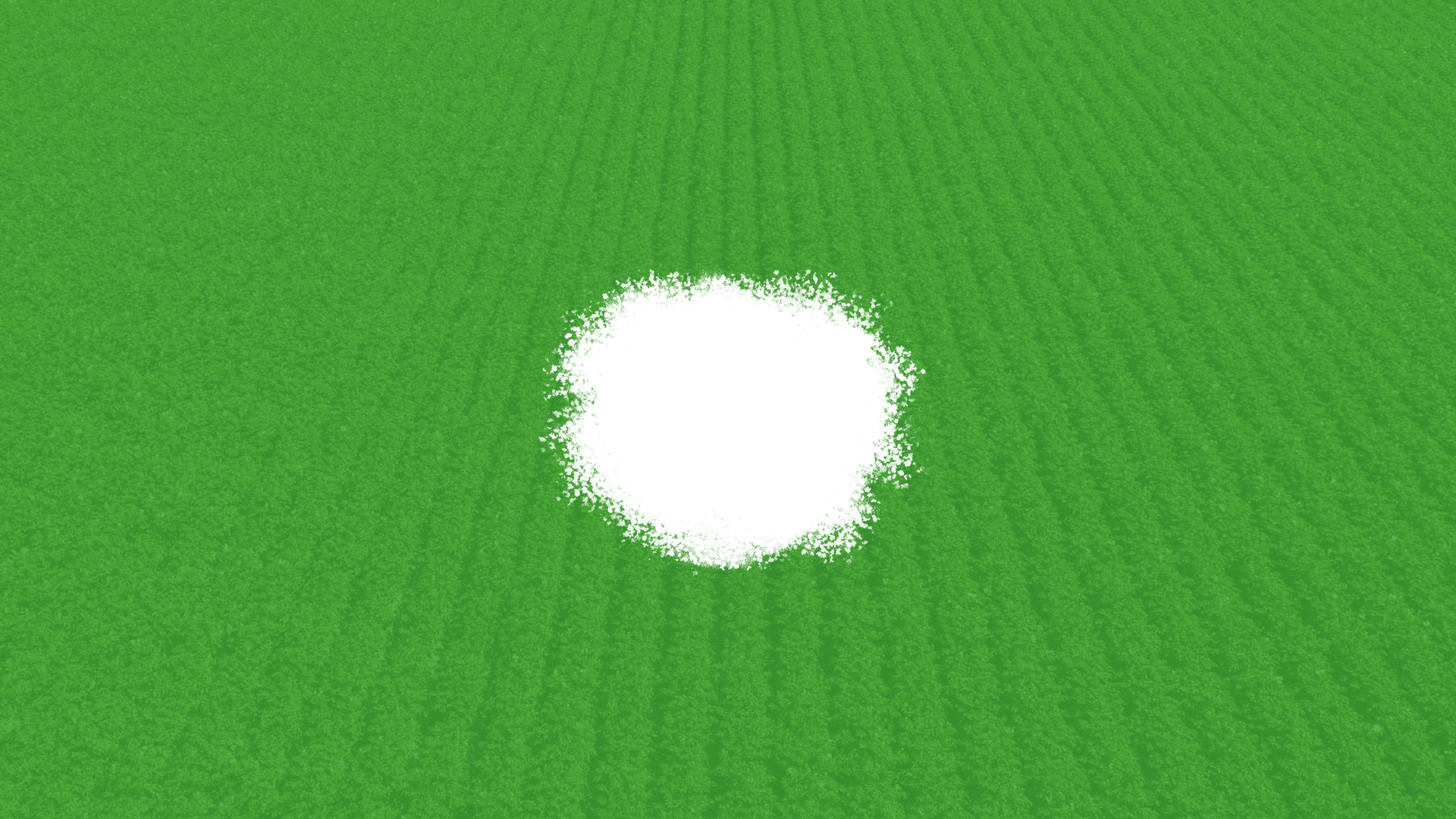

‘Aviko is becoming CO2-neutral. You do not do that in one go, but in small steps’
Aviko. Where sustainability grows.
As environmental and sustainability advisor at Aviko, Marlies Meijer-Willems stands for reduction of the carbon footprint and water and waste reduction. ‘Aviko is becoming CO2-neutral. You do not do that in one go, but in small steps.’
Shown in the photo: Marlies Meijer (Aviko environmental and sustainability advisor) and Jeroen Voges (project engineer environment and chair of the Steenderen energy team) at the location of energy recovery projects of the Steenderen production location.
Every Aviko location is different. The difference lies in size, based on where the products are produced or processed and the locality. We assess for each location what steps can be made in the area of sustainability. ‘Some examples of those steps in 2023: we use residual heat of the Steenderen location for blanchers, handle the maximum energy needs at our locations more effectively, and the settings of our installations are now much more energy efficient. We have also developed a sustainability e-learning for colleagues in order to create more awareness of the theme and naturally also to inspire them with the message that everyone can contribute.
Maximum result through passion
Consumption of biogas increased at Lomm, which caused CO2 emissions to decrease by more than 2%, and the good housekeeping projects also resulted in a 1% reduction. Multiple projects in the area of reusing residual heat were carried out in Steenderen, which also resulted in a 2% CO2 reduction. A lot of work was carried out over the past year at Poperinge in order to stabilise production. This made production more efficient, and this translates into an improvement of more than 30% in tonnes CO2/tonne product. Marlies: ‘Overall, these steps mean that we have achieved significant results in energy savings and CO2 reduction for the various branches.’
Alternative energy sources
‘In 2023, we examined the possibilities for energy transition as well as the routes towards becoming CO2-neutral for a number of locations. Maximising biogas is one of the elements of the energy transition. In Steenderen, we do so together with our partner who manages water treatment. The availability of biogas increased significantly in 2023 as a result of the optimisation of water treatment, which resulted in a 2% decrease in CO2 emissions. This is equivalent to approximately 800,000 m3 natural gas. By way of a comparison: an average Dutch household consumes 1,120 m3 natural gas annually,’ according to Marlies. ‘Working with driven people, our contribution to a better world and knowing that I am able to bring together everything from my career over the past 20 years in a single place: that brings me joy.’
